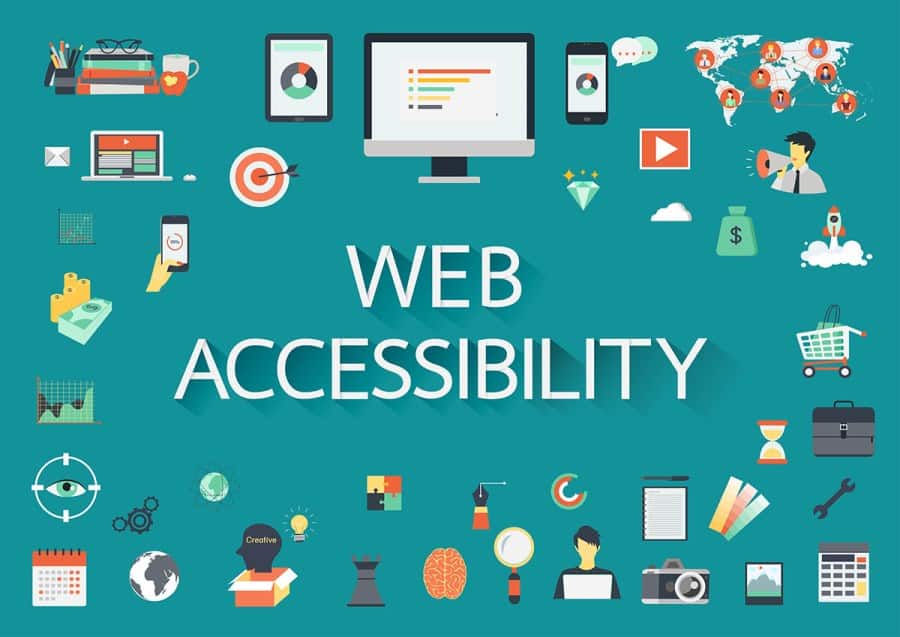6 Tips to ensure your website is accessible
Website accessibility is an essential aspect of web design, as it allows users with disabilities to have equal access and opportunity to interact with websites. Accessibility helps to ensure everyone has the same user experience regardless of their abilities or limitations. They encourage inclusivity, allowing those often excluded from using digital platforms to engage more easily.
Ensuring an accessible website is a key factor in helping to create an all-inclusive online environment for all users. Additionally, it can have far-reaching implications for businesses, as failure to meet accessibility requirements can result in costly fines and lawsuits. Therefore, web developers must take the time to ensure their sites are fully compliant with relevant regulations and standards. By ensuring their websites are accessible to all, developers can help create an equitable digital world for everyone.
Website accessibility goes beyond simply meeting legal requirements. It is also about providing a pleasant and intuitive user experience for people of all abilities. This includes clear navigation, readable text sizes, and colors, and adequate contrast between text and backgrounds. Additionally, providing alternative ways of accessing information (such as voiceover options) can make a website much more user-friendly. By making these adjustments, websites can become much easier to navigate for all users, regardless of their abilities or limitations.
6 Tips to ensure your website is accessible
- Use Semantic HTML Markup - Semantic HTML markup can help screen readers and other assistive technologies understand a website's content more easily. This means using proper tags for headings, lists, and other page elements so these devices can understand them.
- Optimize Contrast Levels - Color contrast plays a vital role in website accessibility; if the colors used on the website have low contrast, it may be difficult or impossible for people with visual impairments to read the website. A good rule of thumb is to use a ratio of 4.5:1 for standard text and 3:1 for large text (at least 18-point size) to ensure sufficient contrast between text and background colors.
- Provide Captions/Subtitles - Providing captions or subtitles on videos can make them much more accessible for people who are deaf or hard of hearing. Automated services such as YouTube's automatic captioning feature can help with this process; however, it is essential to remember that automated services may not provide perfect accuracy and should be checked manually if possible.
- Offer Alternatives - It's a good idea to offer alternative versions of website content to make it more accessible. This can include providing text transcripts for audio or video files and offering website content in multiple languages.
- Include Keyboard Navigation - People with certain physical disabilities may not be able to use a mouse or other pointing device; therefore, it is important to ensure that website navigation can also be done using keyboard shortcuts. For example, the Tab key and arrow keys should allow users to navigate through page elements.
- Test Your Website - Finally, testing your website on different platforms and browsers is essential in ensuring website accessibility. Using automated tools such as Web Accessibility Evaluation Tool (WAVE), you can quickly check for potential issues with website accessibility.
Following these tips can help you ensure that your website is accessible to all users, regardless of any physical or technological limitations they may have. By making website accessibility a priority, you can open your website up to an even wider audience and ensure that it meets the necessary regulations and standards.
Website accessibility is an essential aspect of web design that should not be overlooked. Ensuring that websites are accessible to all can have wide-reaching benefits for businesses and users alike. By taking the time to implement accessibility features into their designs, web developers can help create a more inclusive digital space and provide equal opportunities for everyone to access information online.

